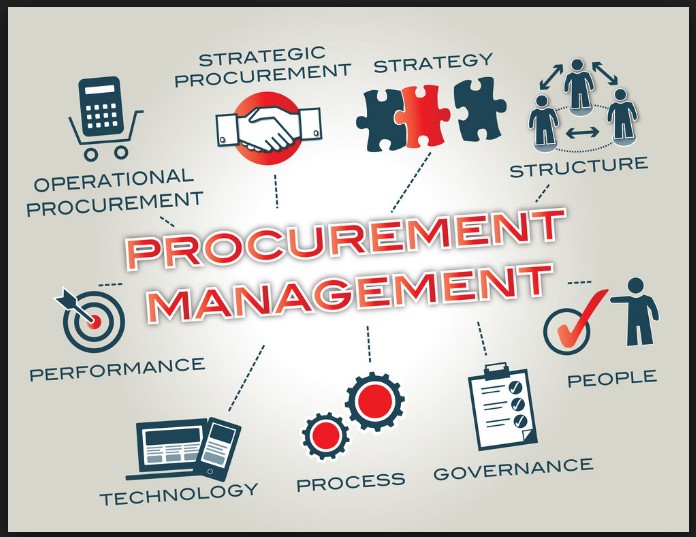Challenges in Procurement:
Procurement professionals have been sorting out different kinds of obstacles on a daily basis. But even these highly experienced people have faced and continue to face, even today, a wide variety of obstacles or challenges in procurement. Some of these challenges relate to the supplier while others concern problems related to cost and yet others are due to the emerging market. Several of such challenges that have been discussed can disturb the efficiency of today’s supply chains. Officers in charge of procurement will need to find suitable supply chain management solutions so that their organizations can ride over these challenges.
Challenge due to Globalization:
Today the emerging market offered by countries such as China and Brazil besides Russia and India among several others, has assumed a dominant role in the global economy. This has naturally changed the way global commerce had grown and functioned during the last five decades. Increasingly global companies have the need to base their procurement managers in China and other sources for procuring products and services. Brazil is now becoming a major supplier for global companies located in the Americas. It is possible that increasingly procurement teams will need to develop expertise in various local emerging markets such as those in the BRIC countries mentioned.
Finding Innovative Solutions:
There is a pressing need for the world’s leading procurement organizations to help find new and original ways for the creation of value from the supply base. This can be done by either outsourcing of functions that are non-core or by streamlining the development of products. This is the only way to move forward. In order to take this evolutionary step it will be necessary for different procurement teams to expand their capability in engineering and design as well as the invention and development of new products.
Managing Risks:
In the years to come it appears that the management of procurement risks will move away from laying emphasis on compliance to the adoption of a strategy that will include aspects such as:
- Total exposure to risk
- Investments in risk mitigation and
- Pricing of risk transfer.
In order to prepare for this change it will be necessary to develop special managers. These managers will be able to improve upon current methods of management of supplier risk and bring in new methods of decisions regarding supplier and sourcing management.
Accepting Information Transparency:
The present trend in the social media is moving toward accepting information transparency. This trend will bring in a radical increase in the level of scrutiny the procurement organizations will be subjected to in the future. In the times to come, the procurement organizations will be among those that will be most visible. It will be necessary for leaders of procurement teams to exhort their members for adopting a mindset which will help in the sustenance of the corporate sector in this era that is so much more transparent compared to earlier times. In the not so distant future, procurement officers will be just as comfortable while speaking to the consumers and the press as they are while speaking to the suppliers.
The Ability to Sustain:
In the coming decades the basic procurement activity will no longer be confined to purely managing cost. It would have moved on toward the development of supply chains which create as well as sustain improved economic and social standards. It is gratifying to note that the younger generation has a respect for the environment. It is therefore expected that they will adopt a form of economic growth that will not be bent on resource exploitation. They might encourage an economic growth that is based on reuse.
The coming decade promises to be a challenging period for the procurement organization. It is expected that during this period this organization will move beyond the role of being mere buyers who are only interested in finding and acquiring besides ensuring that the goods and services are delivered timely. This will only enable the organizations to reach a more sustainable and competitive status.

